Baldur’s Gate 3 differs quite a bit from its Dungeons & Dragons 5th Edition source material. Even with its differences, infamous old-school builds like the Coffeelock can be viable in BG3, albeit at a small cost. This guide will go over what it means to be a Coffeelock, what the build can do for your Sorcerer or Warlock, and what else you can mix into the fray to further improve this ancient build.
The Coffeelock is an old term for the Sorcerer/Warlock multiclass in Dungeons & Dragons 5th Edition. In 5E, a Sorcerer/Warlock can sacrifice their Warlock Pact spells to create Sorcery Points, their Sorcery Points to refuel their spell slots, and then take a Short Rest. By cycling this method, Coffeelocks can create seemingly infinite spell slots, even though they’re temporary.
They never needed to take a Long Rest, because Sorcerers get nothing but spells and Sorcery Points on a Long Rest, and they’d lose their temporary spell slots anyway. Combine this with the Warlock invocation Aspect of the Moon, which allows Warlocks to circumvent the need for Long Rests, and you have a character with a considerable amount of firepower.
However, Baldur’s Gate 3 does Short Rests and Long Rests quite a bit differently than the source material, so it’s important to keep a few things in mind if you plan to build a Coffeelock in BG3.
What is a Coffeelock in BG3?
In BG3, the Coffeelock is simply a Sorcerer/Warlock multiclass build that abuses the Warlock’s Short Rest ability to gain significant increases in Sorcerer spell slots. While your Short Rests are limited in BG3—preventing the infinite spell slots of the tabletop RPG version of the build—this cycle still allows the Sorcerer to obtain significant numbers of spell slots with some investment, or simply extra Metamagic points for blasting purposes.

In addition to the Short Rest restriction, BG3 also prevents easy access to Warlock spell slots to create additional Sorcery Points. By default, you will consume Sorcerer spells of the listed spell level to create Sorcery Points before consuming your Warlock spells. This means that you only gain access to your Warlock spells after obtaining the equivalent Sorcerer spells. Fingers crossed that the upcoming patch might make this easier to access.
The spell lock is annoying, but not impossible to work around. By spending Sorcerer spells in early fights, we can begin cycling our weaker Warlock spells on each Short Rest. With one level in Warlock, you get three Sorcery Points available per day. With two levels, you get six Sorcery Points. With three levels, you get 12 Sorcery Points.
We recommend putting either two or three levels into Warlock to make the BG3 Coffeelock build work. While not nearly infinite like its tabletop sibling, 12 Sorcery Points for the cost of a handful of endgame spell slots is a fairly good deal. This is especially true with Quickened Spell being so much stronger in Baldur’s Gate 3, as it no longer locks you out of your Action Spells.
Best BG3 Coffeelock builds
The best Coffeelocks abuse the loop of Warlock Pact Spells to either empower Metamagic or create late-game spell slots. While this arguably works best in a pure Sorcerer build with just a tiny bit of Warlock sprinkled in, there are a few additional build options to whet our appetite.
Basic Coffeelock
- Class Layout: Sorcerer Nine (Draconic), Warlock Three (The Fiend/Pact of the Tome)
- Features: Fifth-level spells, Nine Sorcery Points, Three Metamagic, Two Feats, Fire Resistance, Extra health, The Fiend, Agonizing Blast
- Party role: Area of Effect damage dealer, Quickened Spell spammer
- Advantages: The additional Warlock spell slots allow for reusable Sorcery Points, generating 12 over the course of your day to be used for extra spell slots. Eldritch Blast is a much stronger cantrip than any others that a Sorcerer has access to.
- Disadvantages: The Sorcerer misses out on a Feat, level six spells, and a level five spell slot. This can mildly hinder their endgame through losing access to Disintegrate or Globe of Invulnerability.
The Basic Coffeelock is the bread and butter. If you like your coffee with toast, that is.
This version of the Coffeelock requires you to spend your second-level Sorcerer spells fast. This can easily be done by dumping all three Scorching Rays into the first enemy you see each day. Then, you can dedicate your Create Sorcery Points to the second level. Each Warlock spell you consume grants two points, which is almost like a Quickened Spell slot each time.
What are we using these Sorcery Points for? If we take a Red or Gold Dragon for our Dragon Ancestry, we can deal additional damage with Fireball. With four extra Quickened Spells per day—or two extra level-three slots per day—we are significantly more comfortable slinging Fireballs every fight.
Alternatively, you could use these points for the other big powerhouses of Sorcerer: Heightened and Twinned Spells. By having so many more Sorcery Points, we unlock our ability to Twin critical spells like Haste or Hold Monster in the lategame. This raises the damage cap of your Sorcerer significantly.
Losing endgame spells is a shame, but your options were quite limited to begin with, and we can more-than compensate for that with our Sorcery Points.
Our magical items should focus largely on defense, as our meagre 13 AC won’t be enough to defend us. Shields help, but we still want things like the Protecty Sparkswall or other clothing options to boost our AC. Being a Human with a Shield can be useful, as well. You’re also digging for staves that boost your combat potential, such as the Incandescent Staff.
Sub-Build: Coffee Fueled Action Surges
By investing two of your Sorcerer levels into Fighter, you’ll get some truly explosive results. Because of how Quickened Magic and Haste work in BG3, you have the potential to whip out four Fireballs in a turn. That does mean you need to invest an extra five Sorcery Points into a spell slot, but it’s well worth it. You’ll deal an enormous 32d6 damage area in the center of a room, for an average of 112 damage plus your Charisma modifier four times. You’ll be completely drained after pulling this off once, but whatever’s in that room is going to be well-cooked.
Smiting, fueled by coffee
- Class Layout: Paladin Six (Oath of Vengeance/Oathbreaker), Sorcerer Three (Tempest), Warlock Three (The Fiend/Pact of the Blade),
- Features: Third-level spells, one feat, three Metamagic, flight after spellcasting, Divine Smite, Charisma for Attack and Damage rolls with weapons, Aura of Protection
- Party role: Frontline utility tank/burst single-target damage
- Advantages: High AC from Heavy Armor and Shield, little dedication to any stat outside of Charisma, access to very high saving throws.
- Disadvantages: Our spread leaves us with a single feat. Low Sorcerer levels means that third-level spells will largely be up-casted second-level options. We get very little access to lategame class abilities, so crowd control options are limited.
Look at this impressive amalgamation. Surprisingly, this Coffeelock can end up hitting quite hard.
We recommend starting as a Paladin, getting that class to level two, then leveling Warlock to three so you can ignore all stats but Charisma. Sorcerer is the next one to get to three, then it’s Paladin all the way down.
This setup gives you the Charisma to lots of different things, from weapon attacks and damage rolls to saving throws. In addition, despite the number of levels you put into Warlock, you end up with the same number of standard spell slots as a Paladin 12. Smiting all day, every day!
This does leave you with a single feat to work with. You can still get to 20 Charisma by setting up at 17, getting Auntie Ethel’s plus-one, and then getting a plus-two from your single feat. You’ll be stuck without Great Weapon Master, but you get enough damage out of Hex, Smite, and Haste.
In addition, this build is quite flexible. Paladin Six is nice for Extra Attack and Aura of Protection, but shifting levels around into Sorcerer can give you more effective spells and spell slots. Wild Magic Sorcerer is actually a consideration, turning whiffed Smites into hits if you’re lucky.
The important Metamagic for this style of play is Distant and Extended, with Heightened being a good choice. We actually use our bonus action fairly often with a weapon-focused build. However, we certainly wouldn’t mind if some of our debuffs, like Compelled Duel or Wrathful Smite, lasted a tiny bit longer.
For your Warlock, be sure to pick up Agonizing Blast like usual. Your other Invocations do matter, but Pact of the Blade is the only other choice that your Warlock levels are really banking on.

Magic items for this setup are fairly typical Paladin choices: A strong Greatsword or Shield/One-Hander, good defensive items, and higher movement speed to get you into the fight early. We only really care about Constitution and Charisma, making our item setup surprisingly lax.
The Tired Artist
- Class Layout: Bard Five (College of Valor), Sorcerer Four (Tempest), Warlock Three (The Archfey/Pact of the Chain)
- Features: Two feats, level-five spell slots, three Metamagic, Bardic Inspiration,
- Party role: Support/Controller
- Advantages: Provides big support turns with Twinned and Quickened Metamagic, has incredible utility with skill checks.
- Disadvantages: Loses out on some high-damage spells on the Sorcerer’s side. Extremely tight spell lists from both the Bard and Sorcerer.
The coffee-drinking Bard replaces the standard Coffeelock motif with access to some decent crowd control and support abilities. Bards get fairly strong crowd control options, from Tasha’s Hideous Laughter to Enthrall. By giving them access to a substantial Metamagic pool, you allow your character to use these powerful tools much more often.
By getting to level five, the Bard becomes a much more useful asset with each Short Rest, gaining their four Bardic Inspirations back. Considering you want to use all three of your Short Rests anyway, this is an excellent way to give back to your party. Our choice is the Valor for Combat Inspiration, though Lore offers good boss-debuffing potential with Cutting Words.
Related: Baldur’s Gate 3: Best Bard build in BG3
Obviously, investing so heavily into Bard comes at a cost. You actually lose access to Haste with this setup, since the Bard doesn’t learn it at level five. You could compensate for this by losing a level in either Warlock or Bard—losing Sorcery Points or Bardic Inspiration charges, respectively.
Eldritch Blast remains an excellent damage option, replacing the need for the Bard’s Extra Attack. For this reason, you don’t need to worry about getting to Bard Six for the sake of your damage-per-round. Your Warlock levels can also help your skill checks with Beguiling Presence, so plan your Bard Skill Expertise around that.
Metamagic to consider includes Extended Spell, Twinned Spell, and Heightened Spell. The goal is to maximize the Bard’s ability to debuff, and Quickened Spell would interfere with Healing Word or Bardic Inspiration anyway.
As for feats, plus-two Charisma, Actor, or Tough are a few fine options. You’ll want to look out for magic items that reward you for healing or using Bardic Inspiration, such as the Cap of Curing or Boots of Brilliance.
Others Asked
What unique feature does Baldur's Gate 3 offer to its players?
Baldur's Gate 3 allows players to do practically anything and everything they want, including killing important characters in the game’s story.
What is a multiclass build in Baldur's Gate 3?
A multiclass build in Baldur's Gate 3 involves taking a character who begins as one class and adding an additional class. This additional class gains fewer starting proficiencies and negates some bonuses, but class features and traits are added to your character almost verbatim. Some class features, such as Channel Divinity or Extra Attack, do not stack.
Why is the Lucky feat considered the best option for Sorcerers in Baldur's Gate 3?
Lucky is considered the best feat for Sorcerers because it provides three Luck Points that allow Sorcerers to reroll most d20s, offering them a chance to avoid saving throw failures, critical hits, or important failed attack rolls.


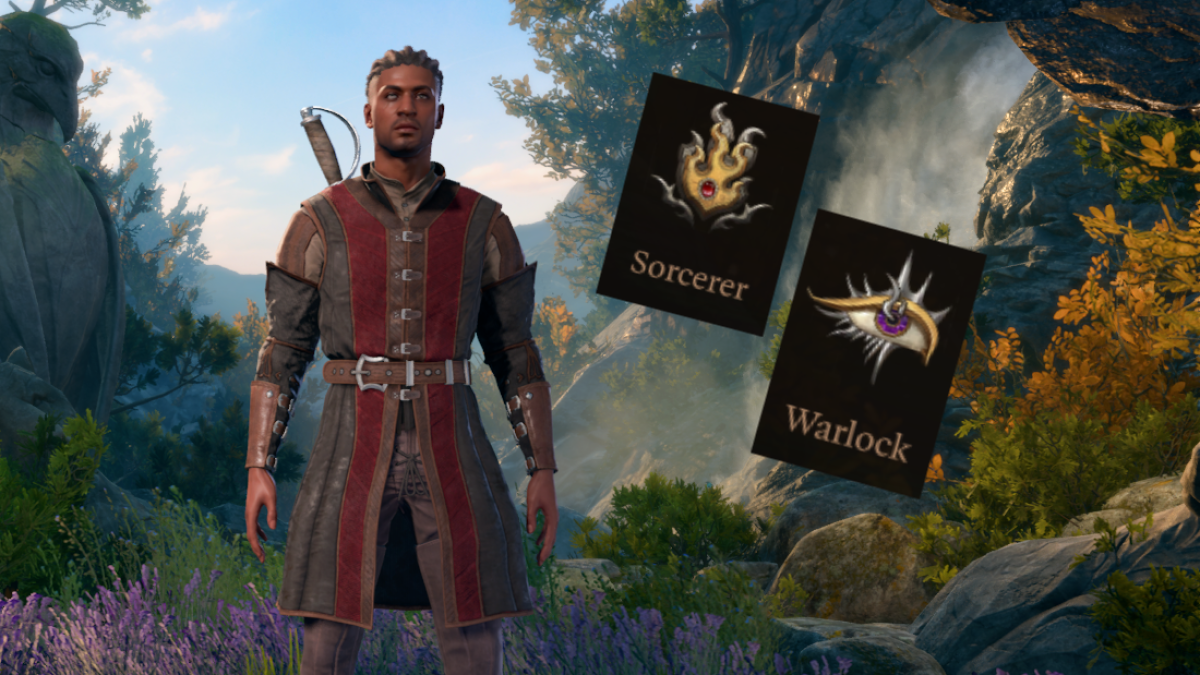
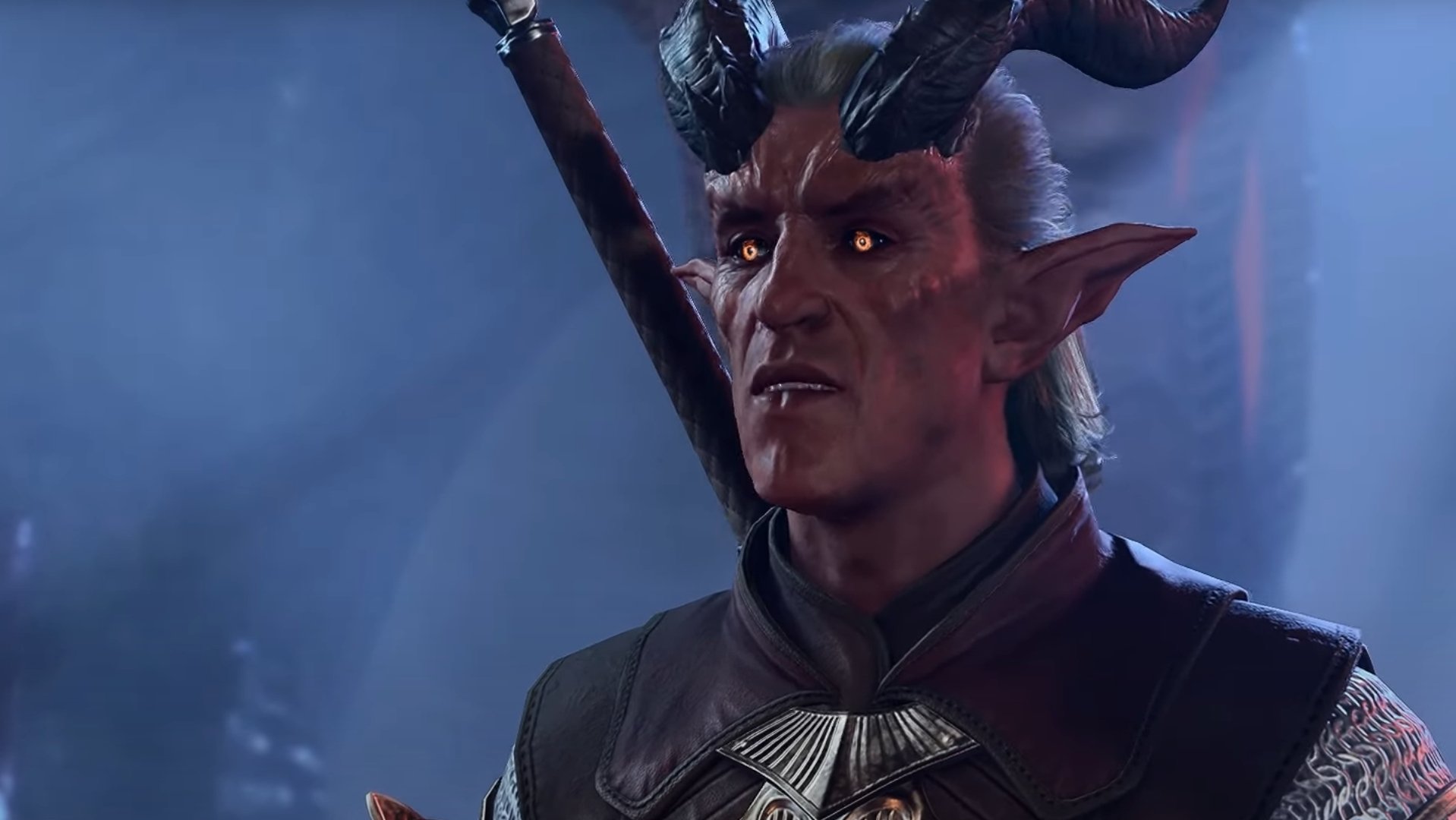


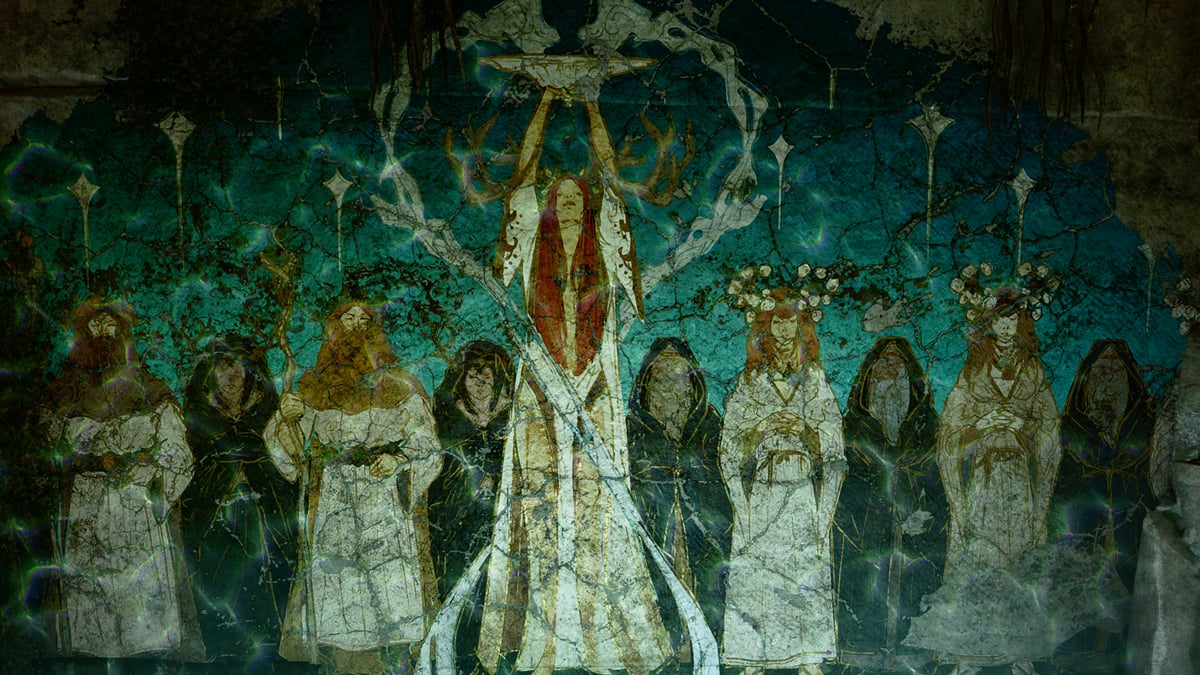
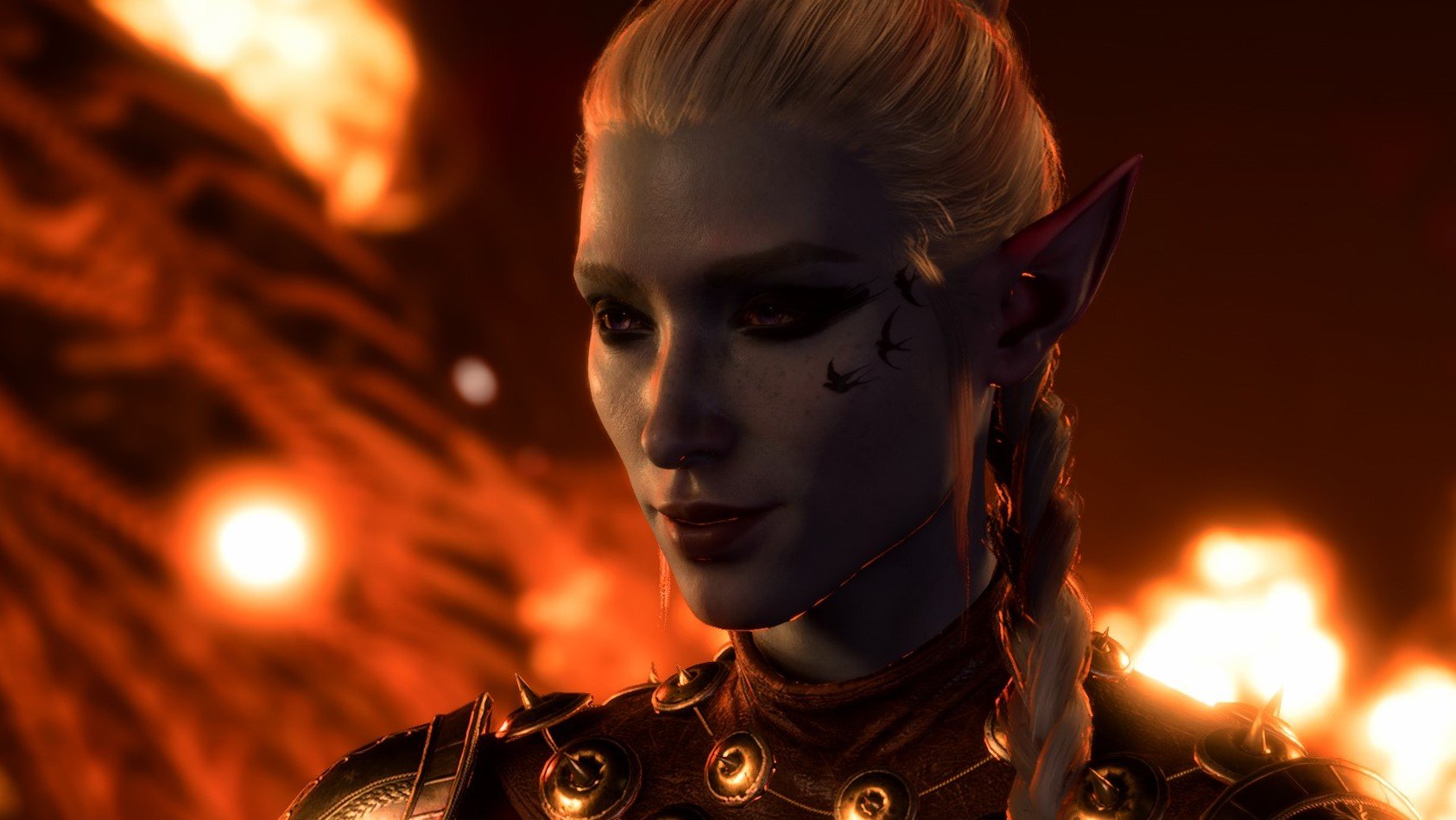

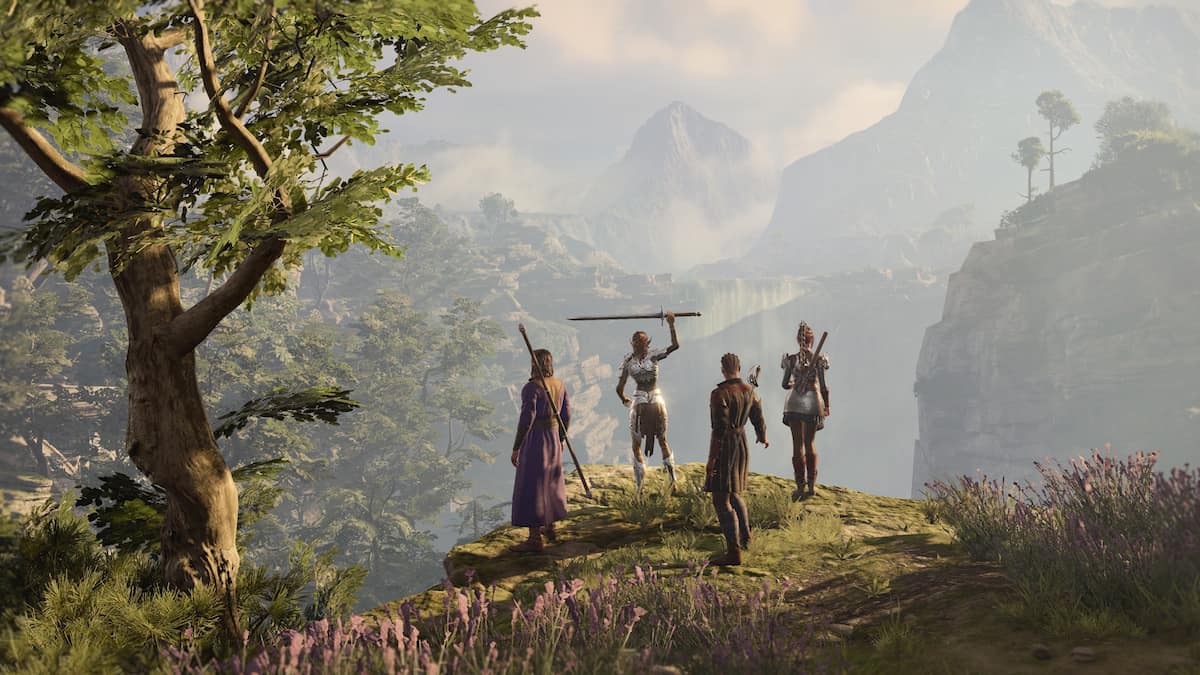
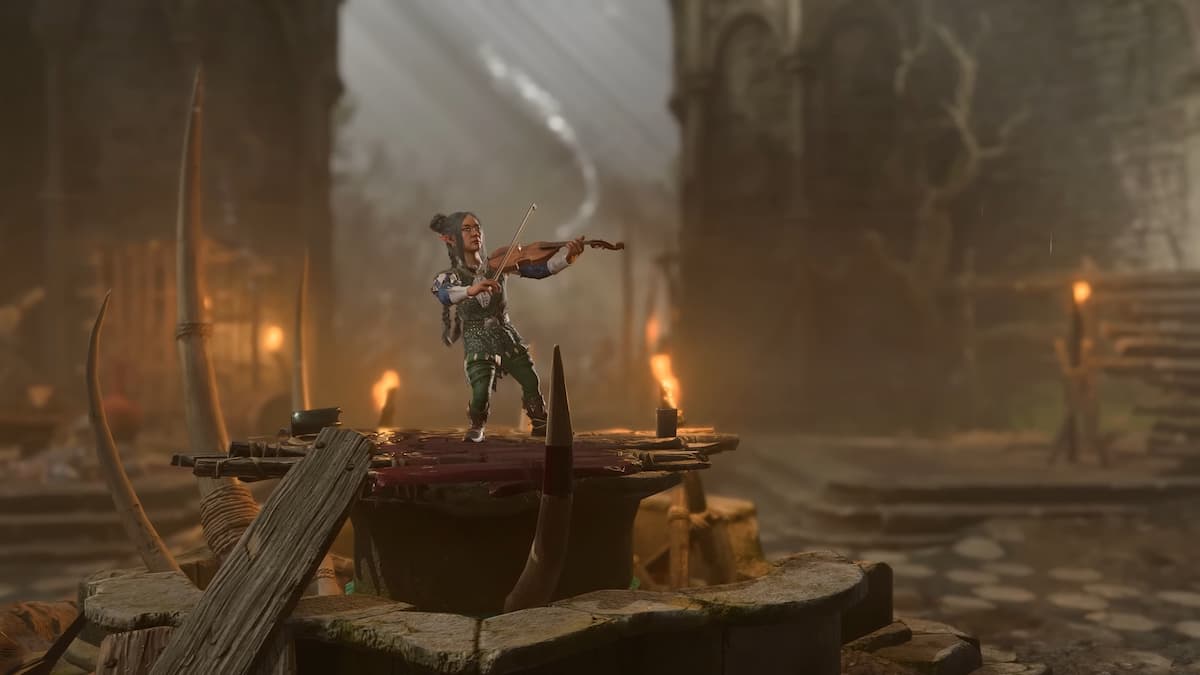
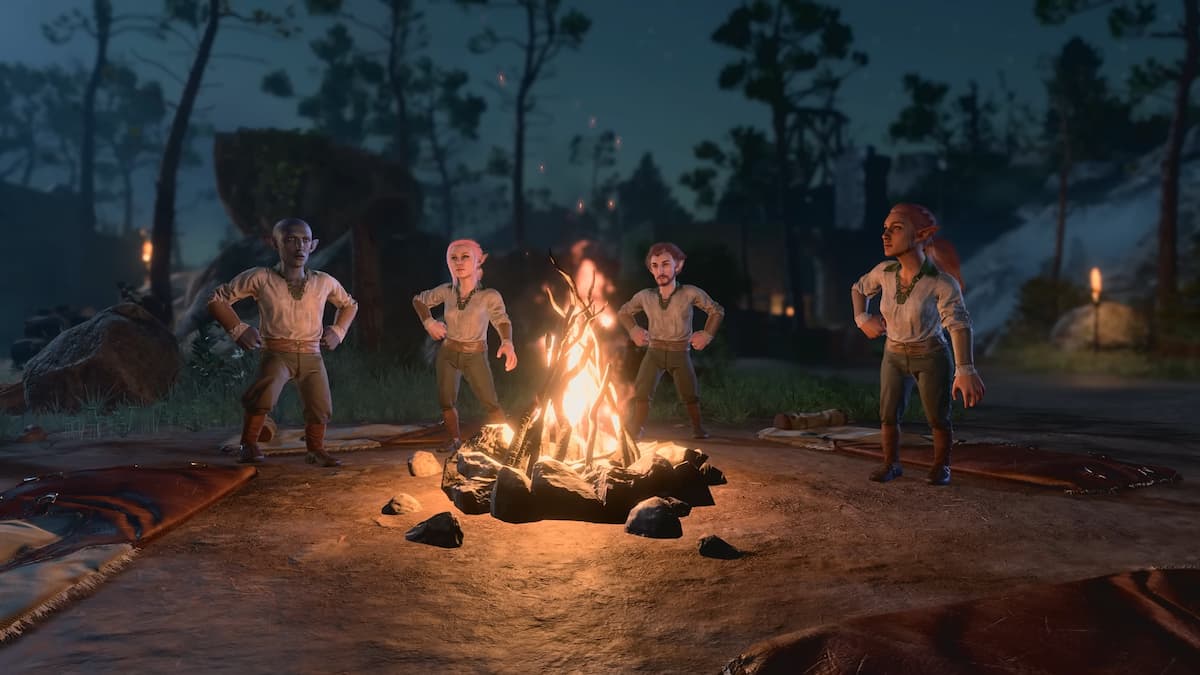
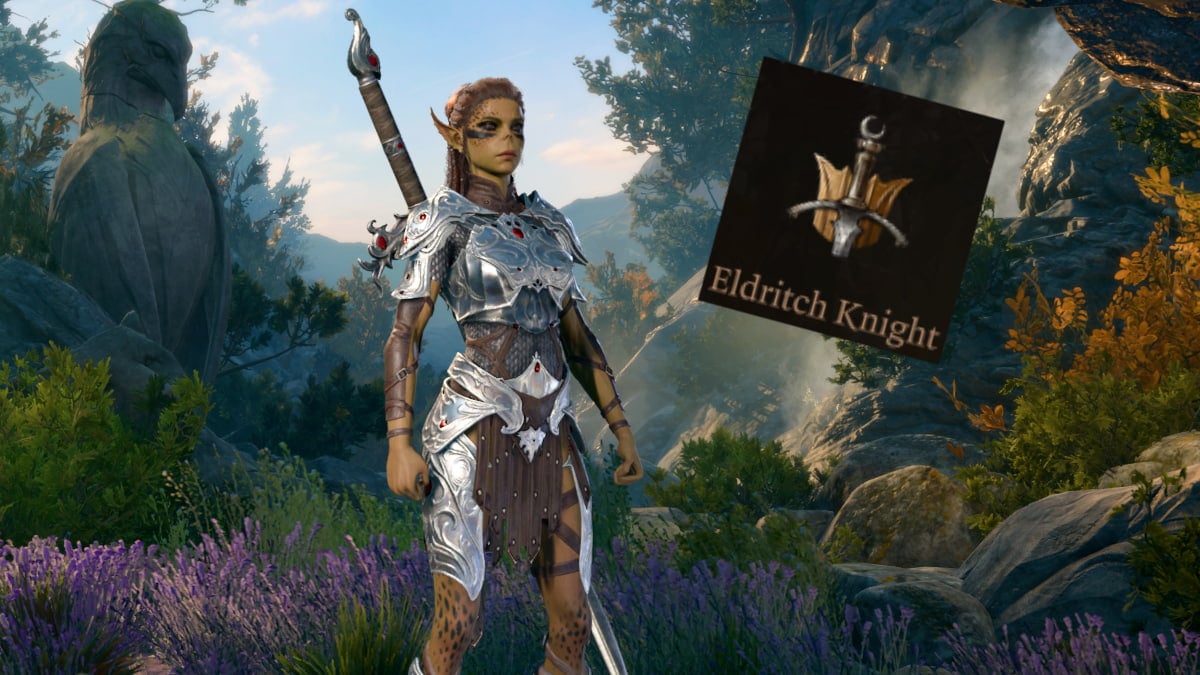
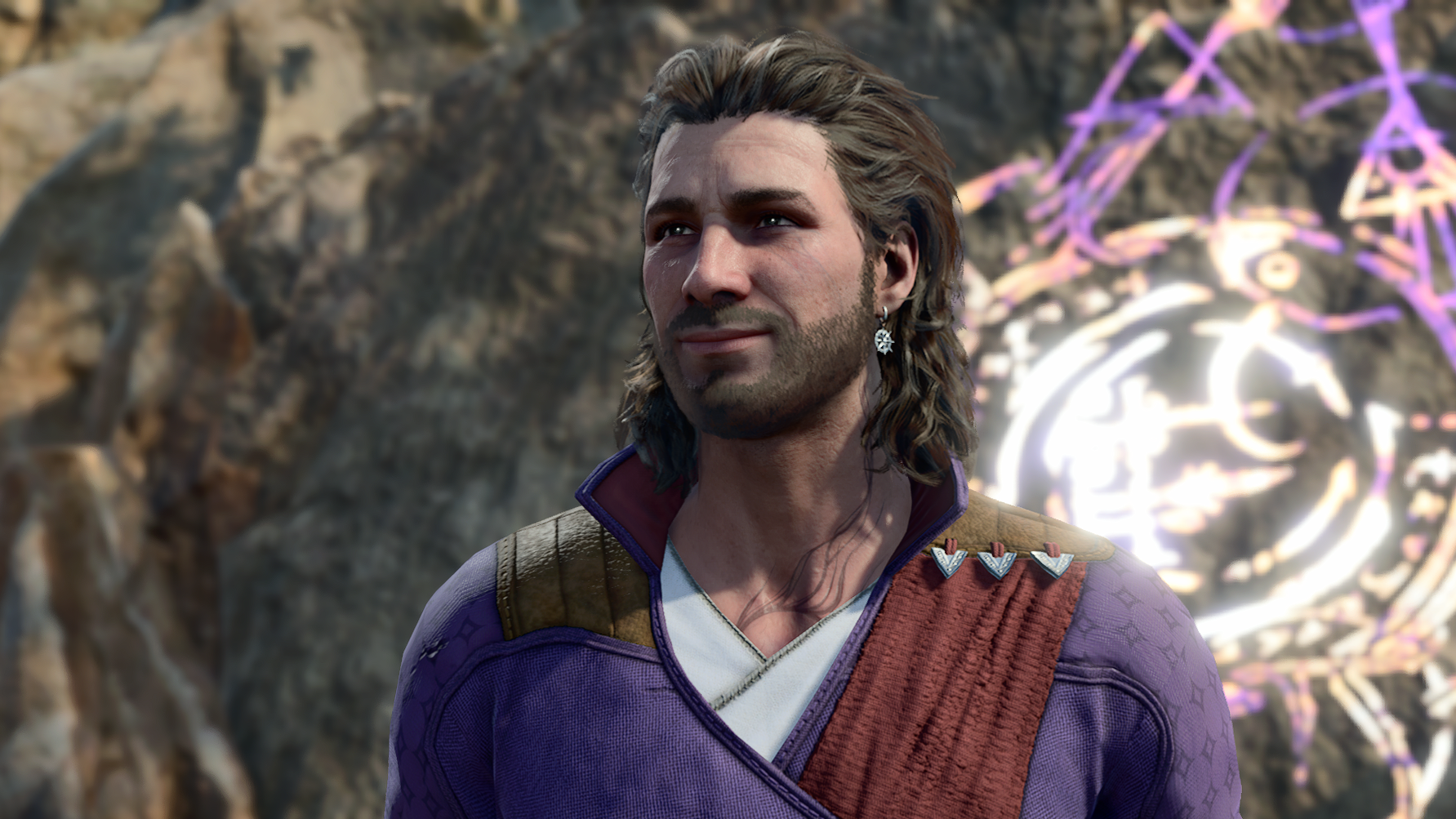
Published: Aug 20, 2023 05:04 am